As a writer, your aim when producing anything should be to make sure your ideas are easy to follow.
So, you must pay attention to the flow of your writing as well as how different thoughts fit together.
Clarity in thought mostly comes from how you organize your ideas across the whole piece, and transition words have a huge role to play in creating a logical flow.
In this article, you’ll find a list of common transition words to start a paragraph.
To make things simple, I’ve grouped them into categories so you can quickly find the right kind of connector for whatever relationship you want to show between your ideas.
Key Takeaways
- Transition words are connectors that create flow in writing and show the relationship between two ideas.
- The types of transitions, like additive, contrast, cause-and-effect, sequential, and emphasis transitions, each have different use cases.
- There are over 100 transition words you can use in writing. Some examples include also, moreover, however, yet, therefore, consequently, first, next, finally, indeed, notably, for example, specifically, in conclusion, etc.
What Are Transition Words?
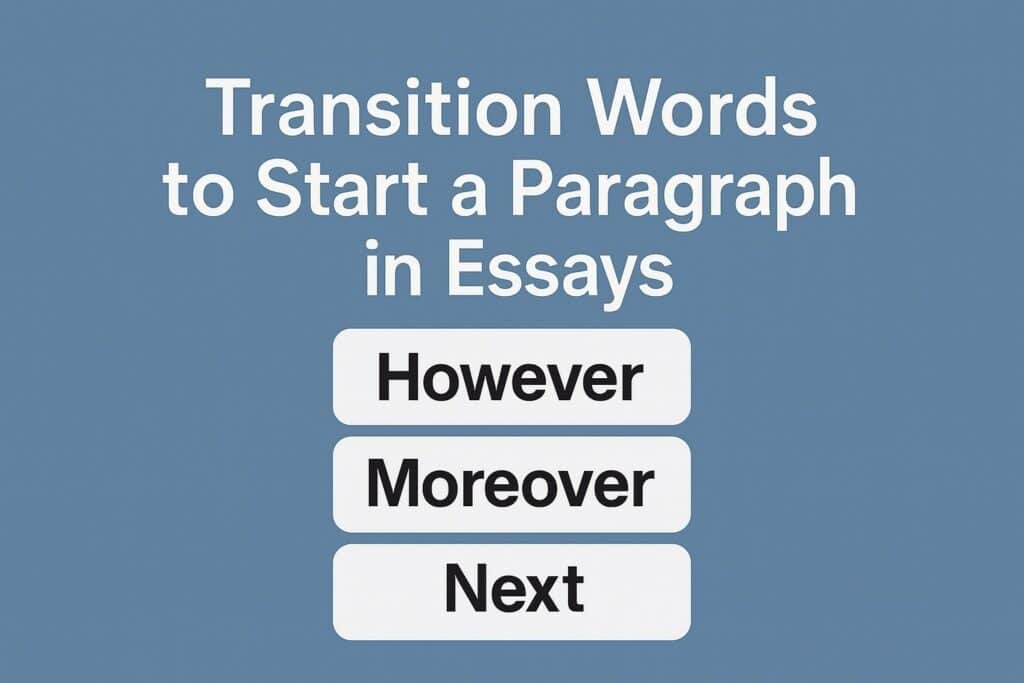
Transition words act as connectors in writing.
They guide readers from one idea to the next and prevent the text from sounding like a jumble of unrelated thoughts.
Each transition word shows a clear relationship between two ideas, for example, contrast, cause, example, sequence, emphasis, or conclusion.
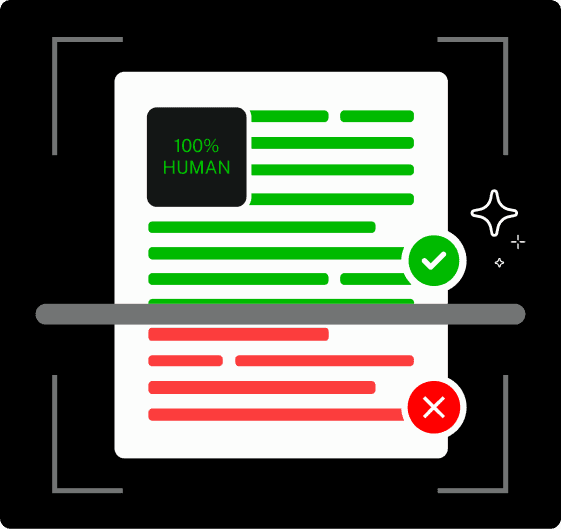
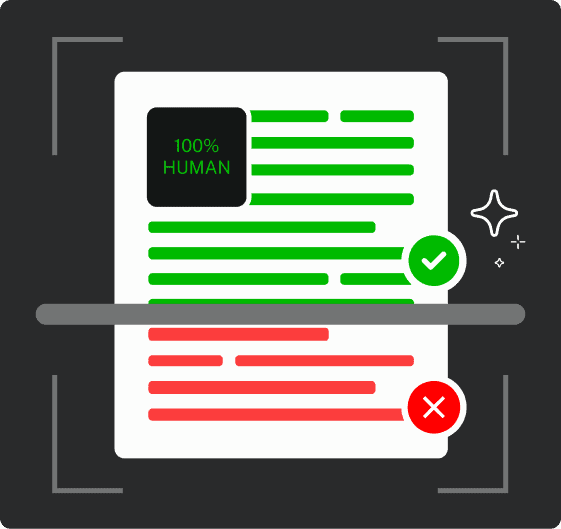
Never Worry About AI Detecting Your Texts Again. Undetectable AI Can Help You:
- Make your AI assisted writing appear human-like.
- Bypass all major AI detection tools with just one click.
- Use AI safely and confidently in school and work.
Naturally, you can spot them in almost every form of writing.
Without transition words, sentences sit side by side with no clear link.
According to research, students who understand transition words perform better in reading and comprehension.
There are several reasons to use good transition words to start a paragraph:
- A transition tells the reader how two different sentences connect
- They control the pace. Without transitions, your writing is full of short bursts of sentences.
- They are at the core of argumentative writing because it is impossible to establish cause-and-effect without transitions.
- They guide the eye between sections. You can tell just by the opening transition word what the context of the upcoming sentence is going to be.
Types of Transitions
There are many different types of transitions, and here’s a breakdown of what they’re best at:
- Additive transitions, which keep the train moving in the same direction and pile one idea on top of another. (furthermore, also, in addition)
- Adversative transitions are, basically, “hold on, not so fast” words that signal contrast or exception. (however, on the other hand, but)
- Causal transitions are used when you need to show cause and effect. (therefore, because)
- Sequential transitions are used when explaining a process step by step. (first, next, finally)
- Illustrative transitions, which introduce evidence or examples to make your point easier to digest. (for example, for instance)
- Conclusive transitions that wrap up a concept (in conclusion, to sum up)
Transition Words to Start a Paragraph by Purpose
We can divide transitions by their purpose of usage.
Each cluster of words serves a particular purpose, and if used interchangeably, disrupts the meaning of your sentences.
Let’s discuss the different groups of transition words to start a new paragraph.
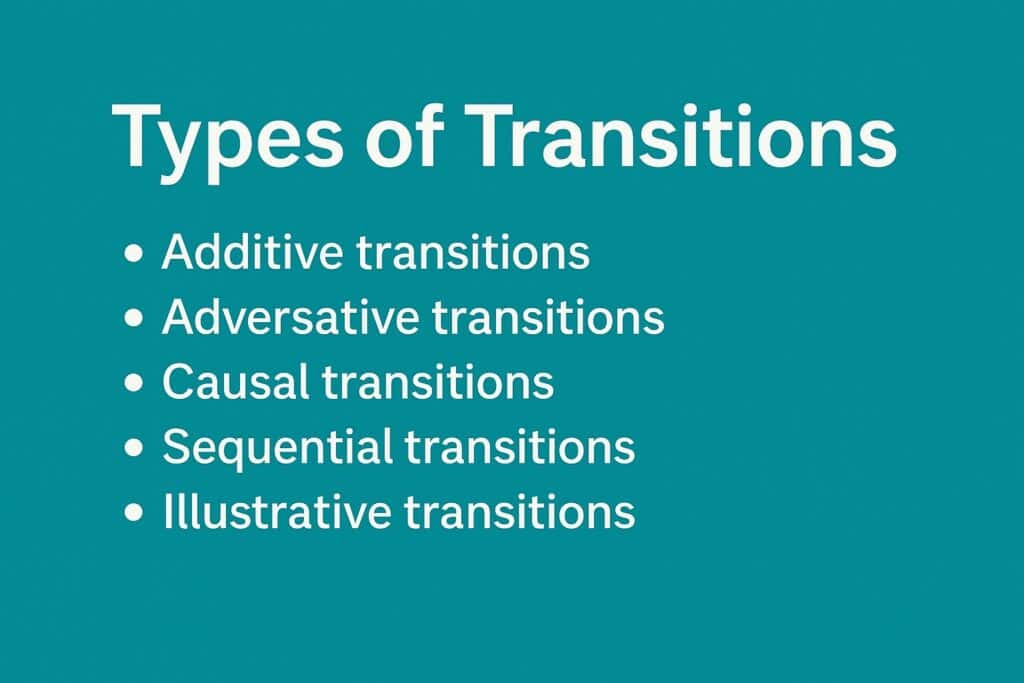
Additive Transitions
Put simply, additive transitions introduce extra information. These words signal that the next idea builds on the one before it.
The purpose of additive transitions is to expand a point or reinforce an argument such that your paragraphs read like a structured case where each point strengthens the other.
Some examples of additive transitions include:
- also
- in addition
- furthermore
- moreover
- besides
- what’s more
- similarly
- along with
- as well
- equally important
Contrast Transitions
Contrast transitions signal a shift from one idea to another that stands in opposition.
When used at the start of a sentence, they prepare the reader for a different angle.
So, you use one of these when challenging an earlier statement, acknowledging any exceptions, and simply pointing out differences.
A word of caution, however, is that contrast transitions should not feel like whiplash.
Their purpose is not to tear down the previous point but to enrich your argument through multiple perspectives.
Here are some examples of contrast transitions:
- however
- on the other hand
- in contrast
- but
- yet
- although
- nevertheless
- still
- conversely
- whereas
Cause-and-Effect Transitions
As very clearly evident by the name, cause-and-effect transitions show the link between an action and its outcome, so you basically help your reader see the logic behind your ideas.
These words are very useful for analytical and persuasive writing.
If one paragraph explains a problem, a cause-and-effect transition can smoothly lead into the impact of that problem in the next.
Here are some of these:
- therefore
- thus
- as a result
- consequently
- hence
- because of this
- for this reason
- accordingly
Sequential and Order Transitions
There are two ways to use sequential transitions.
First, they are used to explain step-by-step instructions such that a process is easy to follow.
Second, they can be used to signal the structure of your writing in essays or reports.
For example, the first sequential transition indicates the foundational opening idea, and the ones that follow are basically the structured points that follow the foundation.
(And if you’ve been with me so far, you must have noticed how I just used sequential transitions here!)
Some sequential/order transitions include:
- first
- second/third
- to begin with
- next
- then
- after that
- subsequently
- meanwhile
- afterward
- finally
Emphasis Transitions
Emphasis transitions highlight a point you don’t want the reader to miss.
Essentially, they just raise the volume on a specific idea so it stands out from the rest.
So, emphasis transition words to start a paragraph in an essay are used when you need to stress on a specific detail.
It explains why they are mostly part of persuasive writing and academic arguments.
You can, for example, use an emphasis transition to introduce the most critical finding in your research or to drive home the main lesson in a blog post.
Some examples of this kind of transition are:
- indeed
- in fact
- above all
- most importantly
- notably
- significantly
- without a doubt
- importantly
- of course
- especially
Common Mistakes When Using Transition Words
Transition words need to be used in a specific, accurate manner.
Otherwise, they do more harm than good in writing.
Some common mistakes with their usage include the following:
- Overusing transitions: Transitions work best in moderation. If you start every sentence of a paragraph with a transition, you create unnecessary clutter. Use transitions when they truly improve the context of your sentences. Otherwise, keep the flow of ideas natural.
- Picking the wrong type of transition: It is fairly common among English learners to use a type of transition that doesn’t match the logic of the sentence and unknowingly change the meaning of an entire paragraph.
- Repetition of the same transition: It is human nature to reach for the few familiar words when using transitions. But the same words that keep popping up again and again actually make your text too monotonous.
- Ignoring punctuation rules: There are specific rules for how commas or semicolons should work around transition words. Look at this example:
- Incorrect: “I tried to call, however no one answered.”
- Correct: “I tried to call; however, no one answered.”

The best hack to use transitions correctly, or any component of grammar for that matter, is to use Undetectable AI Paragraph Rewriter.
Feed it anything you’ve written, and with one click, it’ll smooth out all overused transitions with fresh alternatives without stripping away your natural voice.
I ran a paragraph through this paragraph rewriter, and you can see the results below.

Advanced Tips for Mastering Transitions
Of course, using good transition words to start a paragraph in the best way possible comes with effort.
However, follow these three golden rules, and I can almost guarantee that you will see noticeable improvement in your writing.
- Match the transition to the tone: Some transitions are too formal to be used in everyday conversations. Always make sure you use simpler words in casual writing and keep the fancier transitions for academic usage.
- Place transitions strategically: The common practice with transition words is to put them only at the beginning of paragraphs. But you could also try weaving them into the middle or end of a sentence to make your writing more fluid (of course, not just for the sake of doing it).
- Always proofread your writing: I can’t emphasize it enough. Transitions often look fine when you first use them in your writing, but a revision with fresh eyes will highlight all the mistakes you made in their usage.
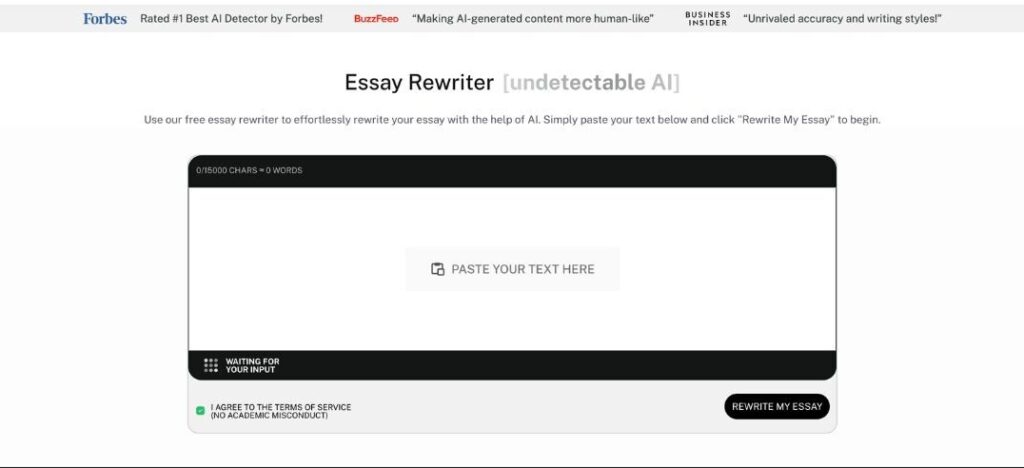
Take inspiration from the Undetectable AI Essay Writer that naturally uses transitions into writing.
Read through its outputs, and you’ll learn how to add just enough connectors to organically improve your text without overwhelming the reader.
+100 Transition Words to Start a Paragraph in Essays: Full List
Now that you know how to actually use transitions, here’s a list of 100+ transition words and phrases you can use to start paragraphs in essays.
For your ease, I’ve also grouped them by their purpose of usage in the table below.
| Additive Transitions | Contrast Transitions | Cause-and-Effect Transitions | Sequential & Order Transitions | Example & Illustration Transitions | Emphasis Transitions | Comparison & Similarity Transitions | Conclusion & Summary Transitions |
| Also | However | Therefore | First | For example | Indeed | Similarly | In conclusion |
| In addition | On the other hand | Thus | Second | For instance | In fact | Likewise | To sum up |
| Furthermore | In contrast | As a result | Third | Such as | Above all | In the same way | Overall |
| Moreover | Yet | Consequently | To begin with | Namely | Most importantly | Just as | In summary |
| Besides | Still | Hence | Next | In particular | Notably | Equally | In short |
| What’s more | Conversely | For this reason | Then | To illustrate | Significantly | Correspondingly | To conclude |
| Along with | Nevertheless | Because of this | After that | Specifically | Without a doubt | In like manner | On the whole |
| As well | Even so | Accordingly | Subsequently | As an illustration | Importantly | By the same token | In the end |
| Equally important | On the contrary | In effect | Meanwhile | Consider this | Of course | Alike | All things considered |
| Another point | Despite this | So | Later | Including | Chiefly | Comparable to | Briefly |
| Additionally | Although | As such | Following this | Especially | Primarily | At the end | |
| Coupled with | Whereas | Under those circumstances | In the first place | To demonstrate | Especially | To summarize | |
| Not only that | Be that as it may | Thereupon | In the second place | For one thing | Above all else | In closing | |
| Together with | Instead | That being the case | Eventually | Like | Markedly | As shown | |
| Plus | Different from | Owing to this | Finally | In this case | Assuredly | As has been noted | |
| At last | |||||||
| At the same time | |||||||
| Immediately | |||||||
| Thereafter | |||||||
| In turn |
Be sure to explore our AI Detector and Humanizer in the widget below!
Conclusion
It will definitely take you some time and deliberate practice to get a hold on transition words.
However, use Undetectable AI and you’ll make your learning curve much easier.
The Humanizer and Rewriter tools will polish all your rough drafts until they read as smooth and natural as you want.
If you’re still building confidence, use the AI Chat as your 24/7 grammar assistant to create custom worksheets and practice drills.
And once you feel steady enough with transitions, lean on our Free Grammar Checker to double-check your choice of transition words.
Try Undetectable AI today.
